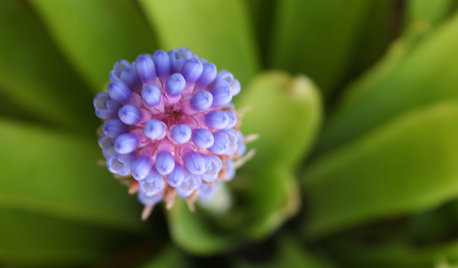Vriesea hieroglyphica pups?
stitzelweller
15 years ago
Related Stories

GARDENING GUIDESBromeliads: The Ultimate Collector’s Plants
Once you discover bromeliads’ exotic beauty, wide-ranging colors and intriguing patterns, you’ll never go back
Full Story
HOUSEPLANTSGo Tropical the Easy Way With Bromeliads
Months of blooms and a tolerance for low light make tropical bromeliads ideal as gifts, indoor centerpieces and outdoor eye catchers
Full Story





LisaCLV
stitzelwellerOriginal Author
Related Professionals
Conroe Landscape Contractors · East Lake-Orient Park Landscape Contractors · Nashville Fence Contractors · Carney Fence Contractors · Carson Fence Contractors · Malibu Fence Contractors · Newark Fence Contractors · The Villages Fence Contractors · Santa Fe Fence Contractors · Black Forest Siding & Exteriors · Downers Grove Siding & Exteriors · Elizabeth Siding & Exteriors · Marion Siding & Exteriors · South Barrington Siding & Exteriors · Wareham Siding & Exteriorsstone_jaguar
LisaCLV
stone_jaguar
stitzelwellerOriginal Author
stitzelwellerOriginal Author